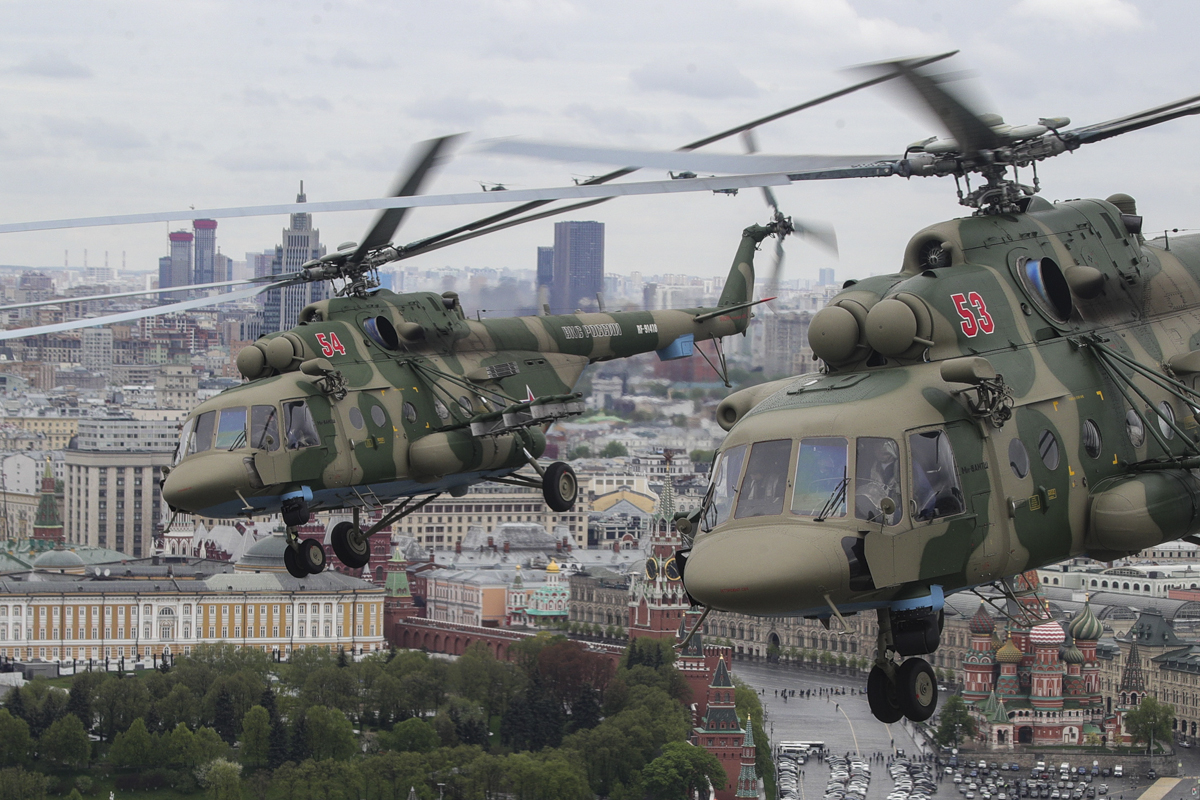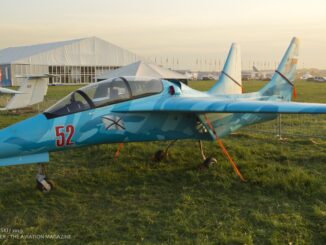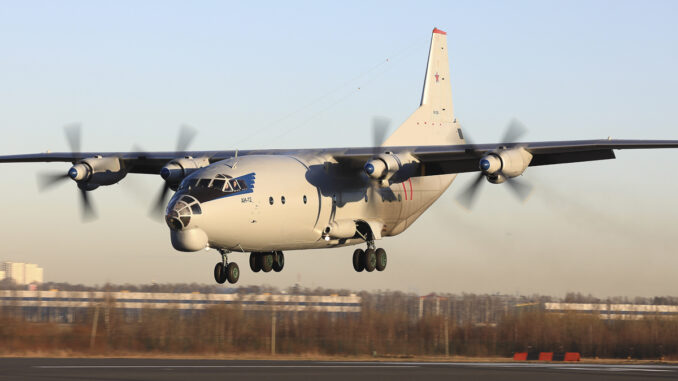
This week, the Russian Ministry of Defence published a press release about the training flights performed by the 6th Red Banner Leningrad Army of Air and Air Defence Forces (6-я Краснознамённая Ленинградская армия Военно-воздушных сил и противовоздушной оборон), during which, transport aviation crews were practising the manoeuvre known as ´tactical approach´. And we would like to use this opportunity to tell you more about this special way of landing, its origin and application.
The manoeuvre of ´tactical approach´ is widely used to minimize the risk of aeroplane being hit by anti-aircraft fire, especially MANPADS missiles, while approaching the runway and landing. Instead of the slow, steady descent route as, for example, observed with airliners at civilian airports, the aircraft performing a tactical approach is descending in a rapid, spiral movement, starting from the high altitude point above the airfield.
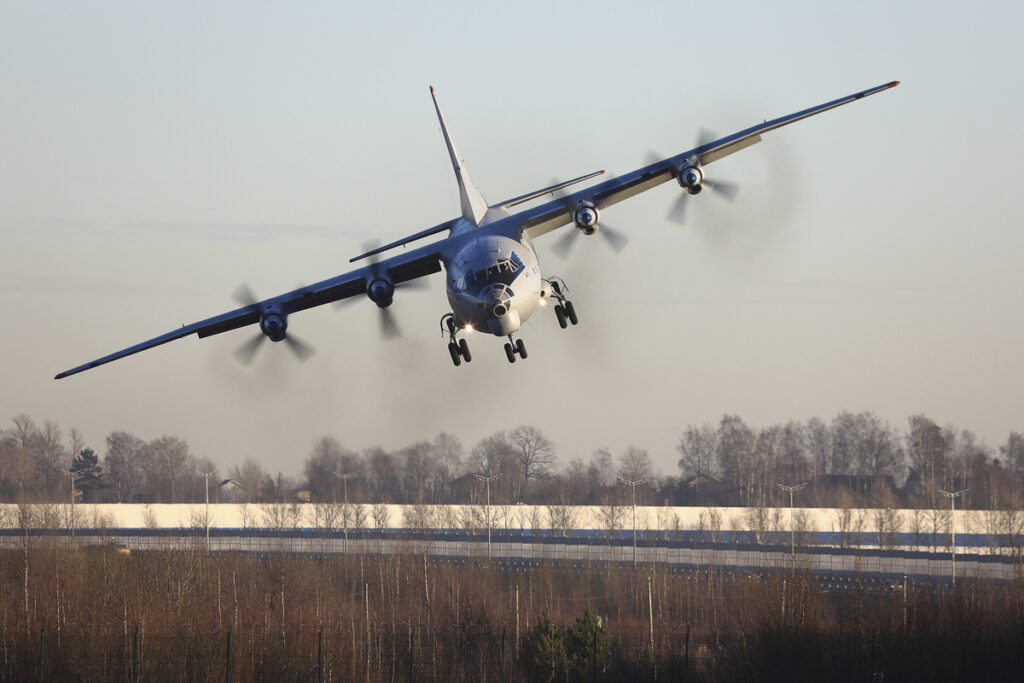
The first use of such manoeuvre was for the first time reported during the Vietnam War – in 1968, a US Marine outpost at Khe Sanh was surrounded by North Vietnamese forces and the supply routes were cut off. When the base ammunition storage was destroyed during one of the assaults, it became clear that aviation supplies are the only way to continue the defence of Khe Sanh position.
Dangerous and complicated task of supplying the outpost at Khe Sanh was assigned to 834th Air Division. The Marines at the base managed to repair approximately 2,000 feet of the runway there, but the crews of C-130 and C-123 transport aircraft had to go through the heavy anti-aircraft fire from North Vietnamese machine guns located on the hills around Khe Sanh. In addition, when already being on the runway, the aeroplanes were under heavy mortar fire.
This caused the transport aviation crews to invent a way how deliver the cargo and minimize the risk of being hit by the anti-aircraft fire. Procedures known as ´speed offloading´, low altitude parachute drop and new way of landing approach – the latter being a direct predecessor of tactical approach – were all used during the eleven weeks of Khe Sanh defence. The US transport aviation managed to deliver 12,400 tons of supply in approximately 1,100 sorties.

The new landing manoeuvre implemented at Khe Sanh by C-130 crews was to approach the area at high altitude, beyond the range of North Vietnamese machine guns, rapid dive towards the airstrip, level the aircraft at the last moment, land and then madly breaking at the runway. Later, the manoeuvre was turned into the abovementioned ´speed offloading´ – repeating the same procedure but just dropping the cargo from low altitude over the runway instead of landing.
Over the years, the tactical approach was improved and widely used during several armed conflict of the late 20th century: Afghanistan, Balkans, Middle East and Africa, gradually becoming an official approach procedure. Nowadays, it´s usually split in two parts: tactical/penetration descent (high rate profile descent from a high altitude to a safe position for executing tactical approach) and tactical approach itself.
The procedure, officially also called ´corkscrew/spiral landing´, received several other common names, depending on the circumstances and the location it was used: ´assault landing´, ´Khe Sanh approach´, ´overhead approach´ or (widely used in media) ´Sarajevo/Baghdad approach´.
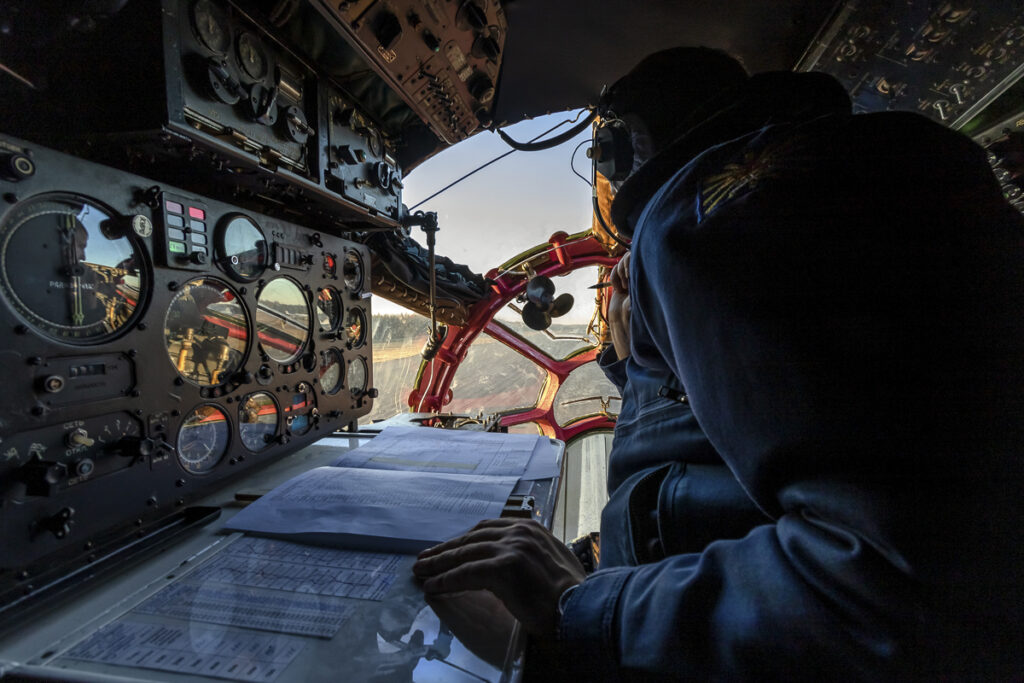
In the Soviet Union, the tactical approach was for the first time widely used during the Soviet-Afghan War and therefore is now usually known as ´Afghan approach´ (афганский заход) – although its official name is ´gradient approach´ or just ´gradient´ (заход по градиенту).
According to the current Russian procedures, the tactical approach starts at an altitude of approximately 4,000 metres, while the aircraft is located above the runway. Pilot has to reduce speed and descend at high vertical speed in a spiral movement, at an angle up to 45 degrees. The aircraft must lose altitude directly over the airfield, within the boundary of protected area and without entering the zones where the enemy anti-aircraft systems could be located.
The key of tactical approach is in levelling the aircraft at the right time and enter the glide path at the right point – levelling aeroplane too early increases the risk of being hit and late withdrawal leads to collision with the ground.
´This manoeuvre is performed only in manual control mode and requires the maximum concentration of the pilots and the entire crew, since the aircraft descends at the limit of its capabilities with a large roll´, said navigator Senior Lieutenant Vladimir Kharchenko, one of participants of the 6th Army training.
During the Soviet-Afghan War, the MANPADS used by mujahideen forces were able to reach an altitude of 4,500 metres, so the tactical approach procedure usually was launched at 6,000 metres. Releasing decoy flares while descending was a common addition to the tactical approach procedure – creating a spectacular picture, often used in the war movies and sometimes repeated at the air show events.

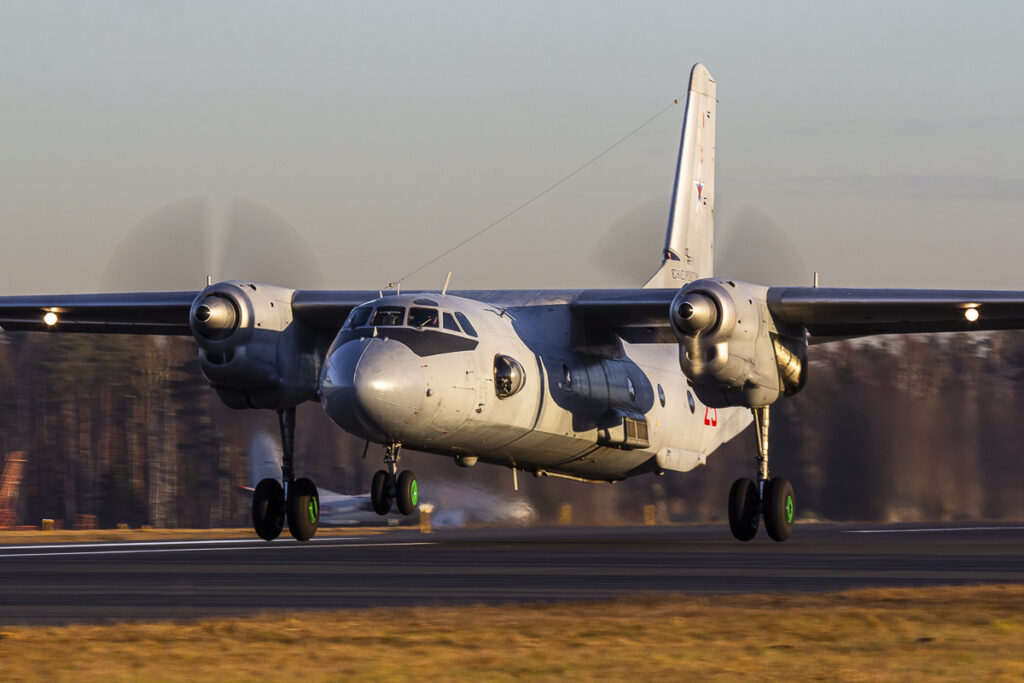
All photos © Russian MoD (Министерство обороны Российской Федерации), used under the Creative Commons Attribution 4.0 license. MoD press information were used.


